Genus Rubia Rank Species | Tribe Rubieae Scientific name Rubia cordifolia | |
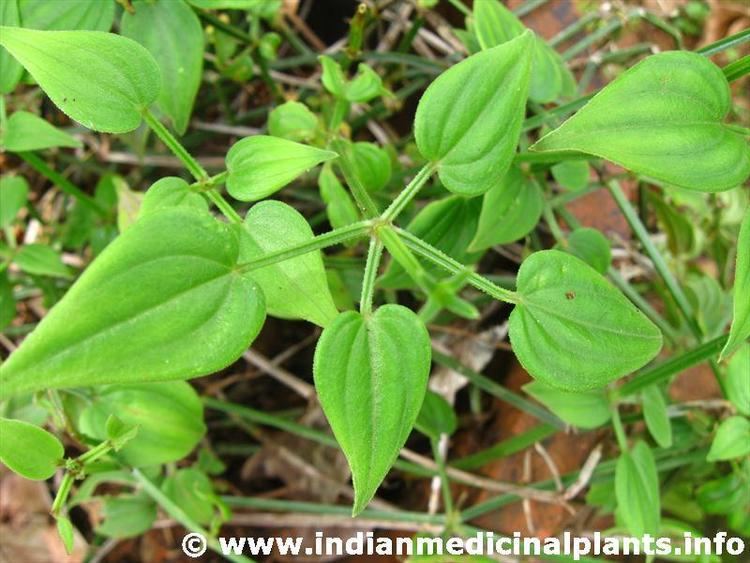 | ||
Similar Rubia, Rubiaceae, Heart‑leaved moonseed, Saururus, Shatavari | ||
Rubia cordifolia indian madder
Rubia cordifolia, often known as common madder or Indian madder, is a species of flowering plant in the coffee family, Rubiaceae. It has been cultivated for a red pigment derived from roots.
Contents
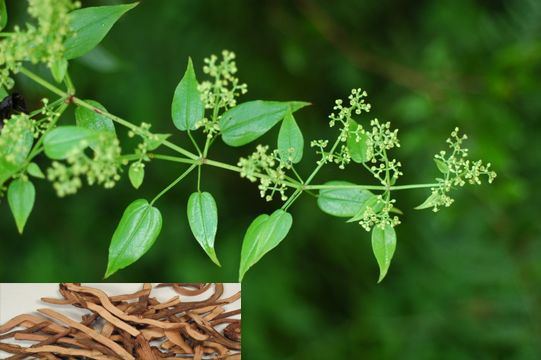
Common names of this plant include manjistha in Sanskrit, Marathi, Kannada and Bengali, majith in Hindi and Gujarati, བཙོད་ in Tibetan, tamaralli in Telugu, manditti in Tamil.
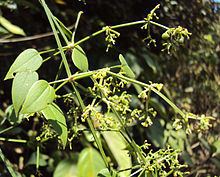
Description
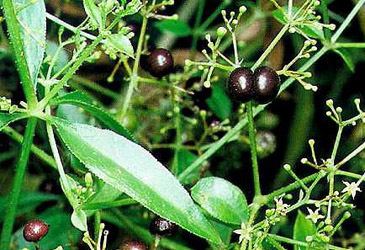
It can grow to 1.5 m in height. The evergreen leaves are 5–10 cm long and 2–3 cm broad, produced in whorls of 4-7 starlike around the central stem. It climbs with tiny hooks at the leaves and stems. The flowers are small (3–5 mm across), with five pale yellow petals, in dense racemes, and appear from June to August, followed by small (4–6 mm diameter) red to black berries. The roots can be over 1 m long, up to 12 mm thick. It prefers loamy soils with a constant level of moisture. Madders are used as food plants for the larvae of some Lepidoptera species including Hummingbird hawk moth.
Uses
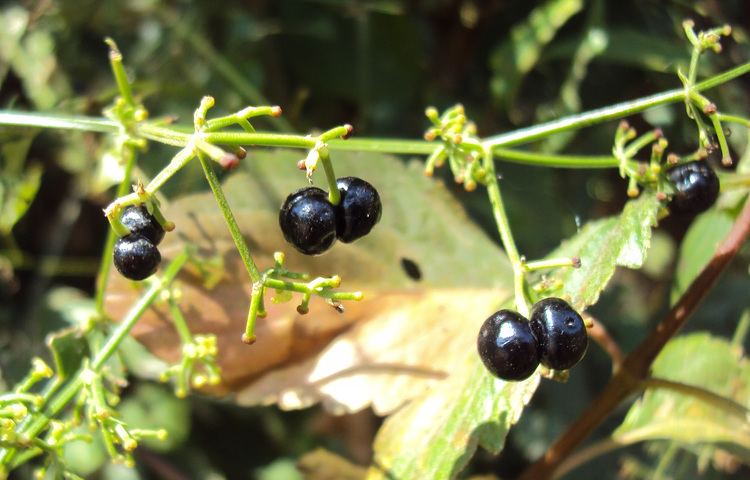
Rubia cordifolia was an economically important source of a red pigment in many regions of Asia, Europe and Africa. It was extensively cultivated from antiquity until the mid nineteenth century. The plant's roots contain an organic compound called Alizarin, that gives its red colour to a textile dye known as Rose madder. It was also used as a colourant, especially for paint, that is referred to as Madder lake. The substance was also derived other species; Rubia tinctorum, also widely cultivated, and the Asiatic species Rubia argyi (H. Léveillé & Vaniot) H. Hara ex Lauener [synonym = Rubia akane Nakai, based on the Japanese Aka (アカ or あか) = red, and ne (ネ or ね) = root]. The invention of a synthesized duplicate, an anthracene compound called alizarin, greatly reduced demand for the natural derivative.

The roots of Rubia cordifolia are also the source of a medicine used in Ayurveda; this is commonly known in Ayurvedic Sanskrit as Manjistha (or Manjista or Manjishta) and the commercial product in Hindi as Manjith.
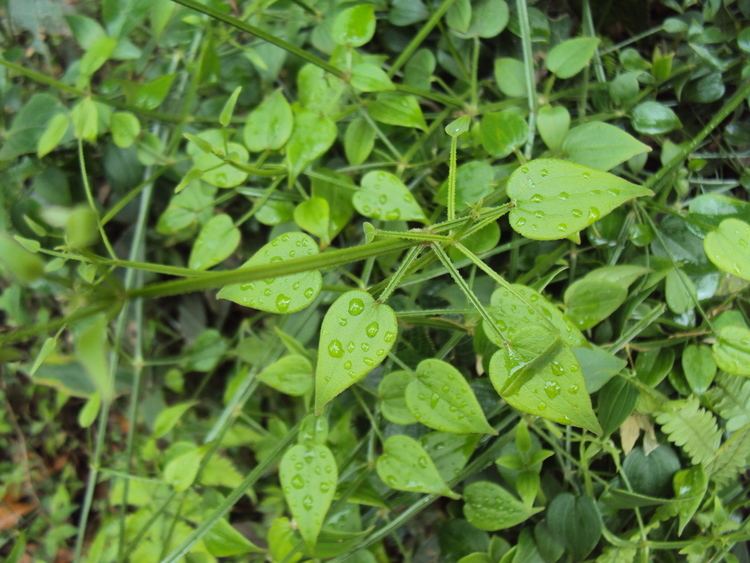
It is known as btsod (Tibetan: བཙོད་) in Traditional Tibetan Medicine where it is used to treat blood disorders; spread heat (Tibetan: འགྲམས་ཚད་), excess heat in the lungs, kidneys, and intestines; reduce swelling; and is a component of the three reds (Tibetan: དམར་གསུམ་), a subcompound included in many Tibetan preparations in order to remove excess heat in the blood.
In Traditional Chinese Medicine it is known as qiàn cǎo gēn (茜草根).
Pharmacologic properties
The following properties were described in various cellular and animal models:
